Description
Barley grain for sale is a cost-effective and nutritious feed option for cattle. Learn about its benefits, nutritional value, and how to order it from us.
Barley grain for sale
Barley: A Powerhouse Grain for Cattle Feeding
Barley, a cereal grain often overshadowed by corn in some regions, is a valuable and versatile feed source for cattle. Its high energy content, palatability, and relative availability make it a compelling option for ranchers looking to optimize cattle growth, milk production, and overall herd health. This article delves into the benefits of incorporating barley into cattle diets, explores different feeding strategies, and highlights key considerations for maximizing its nutritional impact.
Barley grain for sale
Why Choose Barley for Cattle Feed?
Barley offers a range of advantages that make it an attractive option for cattle feeding:
- High Energy Content: Barley is a rich source of readily digestible carbohydrates, primarily starch. This high energy density translates to efficient weight gain, increased milk production in dairy cows, and improved performance across various stages of cattle growth.
- Palatability: Cattle generally find barley palatable, leading to increased feed intake and reduced instances of selective feeding. This is especially important in mixed rations where ensuring consistent consumption of all ingredients is crucial.
- Good Source of Fiber: While primarily known for its energy content, barley also provides a decent amount of fiber, contributing to rumen health and efficient digestion. This fiber content aids in regulating rumen pH and preventing digestive upset.
- Relative Availability and Cost-Effectiveness: Depending on regional factors, barley can often be a more cost-effective alternative to corn or other grains. Its availability can also contribute to a more secure and diversified feed supply.
- Variable Protein Content: The protein content of barley can vary depending on the variety and growing conditions. While not as high as some other protein sources, it can still contribute significantly to the overall protein requirements of cattle.
Feeding Strategies for Barley:
The optimal way to incorporate barley into cattle diets depends on factors such as cattle age, breed, production stage, and the availability of other feedstuffs.
- Processing Methods: Barley processing can significantly impact digestibility. Grinding, rolling, or steam flaking are common methods used to improve starch availability. Fine grinding, however, can lead to digestive issues like acidosis. Rolling is often preferred for its balance of improving digestibility without producing excessive fines.
- Inclusion Rates: Barley can be included in cattle rations at varying levels, ranging from a supplement to a substantial portion of the grain component. For growing or finishing cattle, barley can often constitute 40-60% of the grain portion of the diet. Lower inclusion rates may be suitable during maintenance or in diets where roughage is the primary energy source.
- Ration Balancing: It’s crucial to balance the ration to consider the overall nutritional needs of the cattle. This includes ensuring adequate protein, minerals, and vitamins are provided, especially if barley makes up a significant portion of the diet. Working with a nutritionist to formulate balanced rations is highly recommended.
- Introduction and Adaptation: Introducing barley gradually into the diet allows the rumen microbes to adapt to the new feedstuff, minimizing the risk of digestive upset. Starting with small amounts and gradually increasing the proportion over several days is the recommended approach.
- Combining with Roughage: Barley should always be fed in conjunction with adequate roughage (e.g., hay, silage) to maintain rumen health and prevent acidosis. The fiber content of roughage stimulates chewing, saliva production, and proper rumen function.
Key Considerations for Maximizing Nutritional Impact:
- Mycotoxin Testing: As with any grain, barley can be susceptible to mycotoxin contamination. Regular testing helps ensure the feed is safe for consumption and prevents negative impacts on cattle health and performance.
- Storage: Proper storage is essential to prevent spoilage and maintain the quality of the barley. Dry, well-ventilated storage facilities are crucial to prevent mold growth and insect infestation.
- Variety Selection: Different barley varieties have varying nutritional compositions. Selecting varieties with desirable traits, such as high starch content or improved disease resistance, can optimize feeding performance.
- Water Availability: Access to clean, fresh water is critical for cattle consuming barley-based diets. Adequate water intake aids in digestion and helps prevent dehydration.
- Monitoring Animal Health: Regularly monitoring cattle for signs of digestive upset or other health issues is essential, especially when introducing or adjusting barley-based diets.
Conclusion:
Barley offers a compelling option for cattle feeders looking to optimize performance and manage feed costs. Its high energy content, palatability, and relative availability make it a valuable resource. By understanding the best feeding strategies, processing methods, and important considerations, ranchers can effectively utilize barley to improve cattle growth, milk production, and overall herd health while maximizing profitability. Consulting with a nutritionist is highly recommended to formulate balanced rations and ensure that barley is incorporated appropriately into the feeding program.
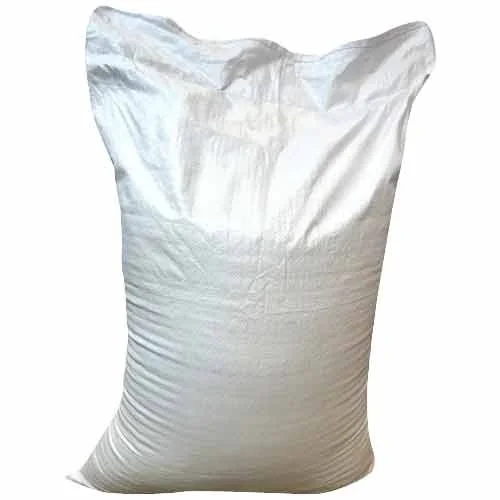

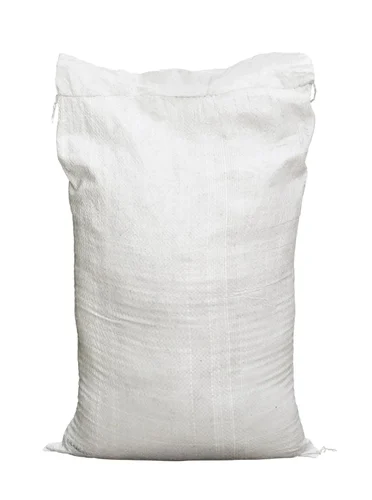

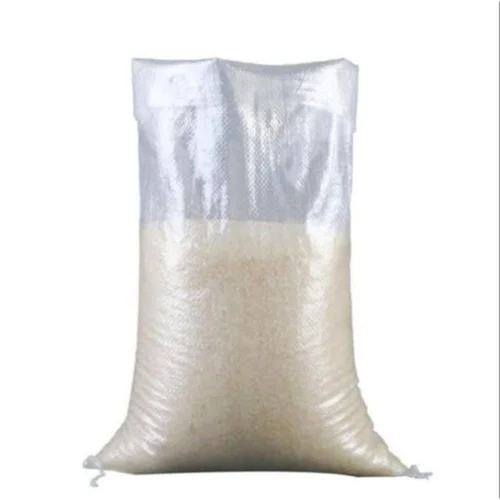


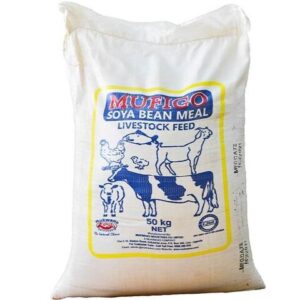
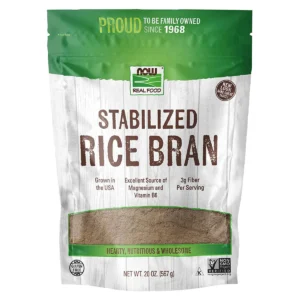


Reviews
There are no reviews yet.